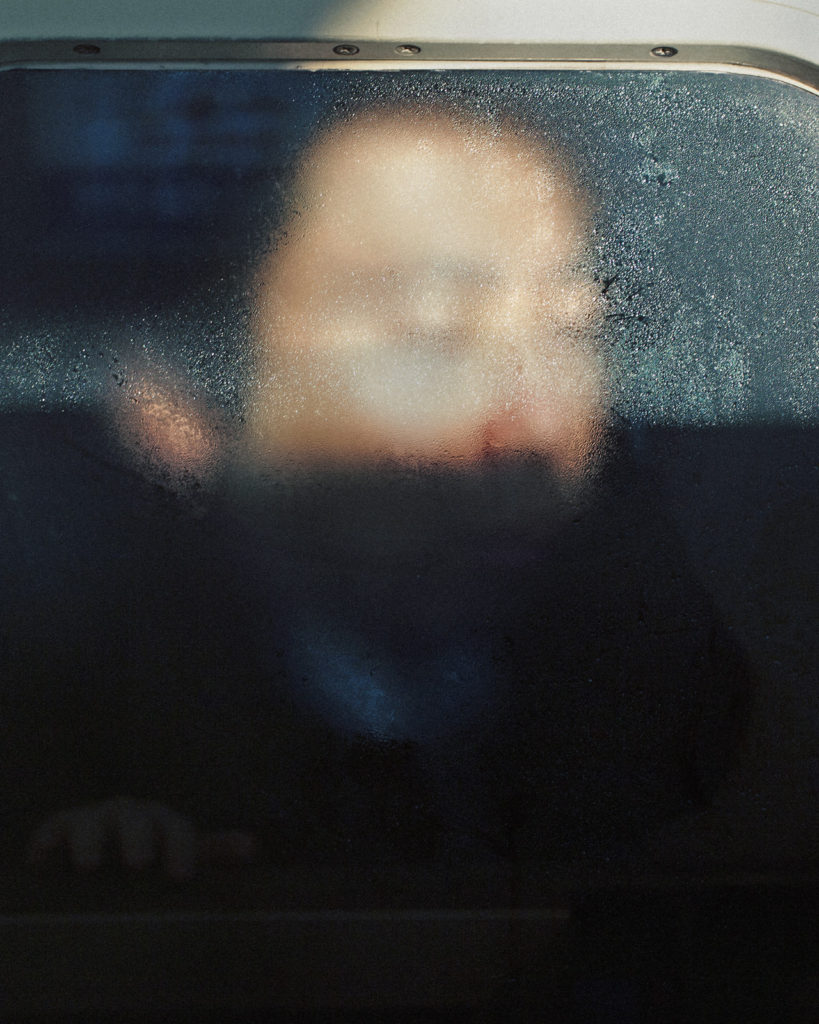Michael Wolf’s four-year study of rush hour at Shimo-Kitazawa station in Tokyo is a disquieting metaphor for the conditions of city-dwellers today
Since moving to Hong Kong in 1994, German photographer Michael Wolf has been consumed by the social and architectural makeup of megacities, exploring the socio-cultural phenomena and visual elements of the urban landscape. Wolf’s variant studies of inner-city life take us from outside to inside, from the impossible scale of Hong Kong high rises to the cramped interiors of housing estates where apartments measure just 100 square feet. This alternation between micro and macro perspectives is a defining feature of Wolf’s photographs.
In his series, Tokyo Compression, Wolf turned his attention to the Tokyo subway. Over four years, he returned to the same platform at Shizmo-Kitazawa station during the morning rush hour to photograph the many faces and hands pressed up against the train windows. The portraits, marked by their close crops and the blur of condensation, are another example of the artist’s ability to zero in on his subjects.
“I didn’t really want to show the chaos of rush hour, thats more of a journalistic narrative,” Wolf explains. “I was more interested in the human condition as a metaphor.” The human element of the portraits is important to Wolf, who considers the series a cornerstone of his work on life in cities. “Without it, my body of work would be much weaker because Tokyo Compression really deals with people and not just with the facades and architecture around us.”
For every year that Wolf returned to Tokyo to photograph at four-week intervals, he produced a new book, each time adding 30 or so new photographs and removing 25 from the previous edit. The latest edition, Tokyo Compression: Final Cut, includes photographs from all four trips before the series came to an end when the Odakyu subway line was relocated in 2013. A selection from the final edit is currently on display at Flowers Gallery in London.
Wolf’s photographs capture both responses to the discomfort and overcrowding of the train, but also to being photographed. Some passengers close their eyes as a quiet gesture of resistance, others hold their hands over their faces, some meet Wolf’s gaze and one gives him the finger. “That question always comes up: how do you feel about photographing people without their permission? But I just think it’s a matter of judgement,” he says. “If I were making fun of them in some way, the ethics would be questionable but somehow I found that the message I’m conveying is meaningful enough to not worry that much about individual permissions.”
Michael Wolf: Tokyo Compression is on show at Flowers Gallery until 1 July

















